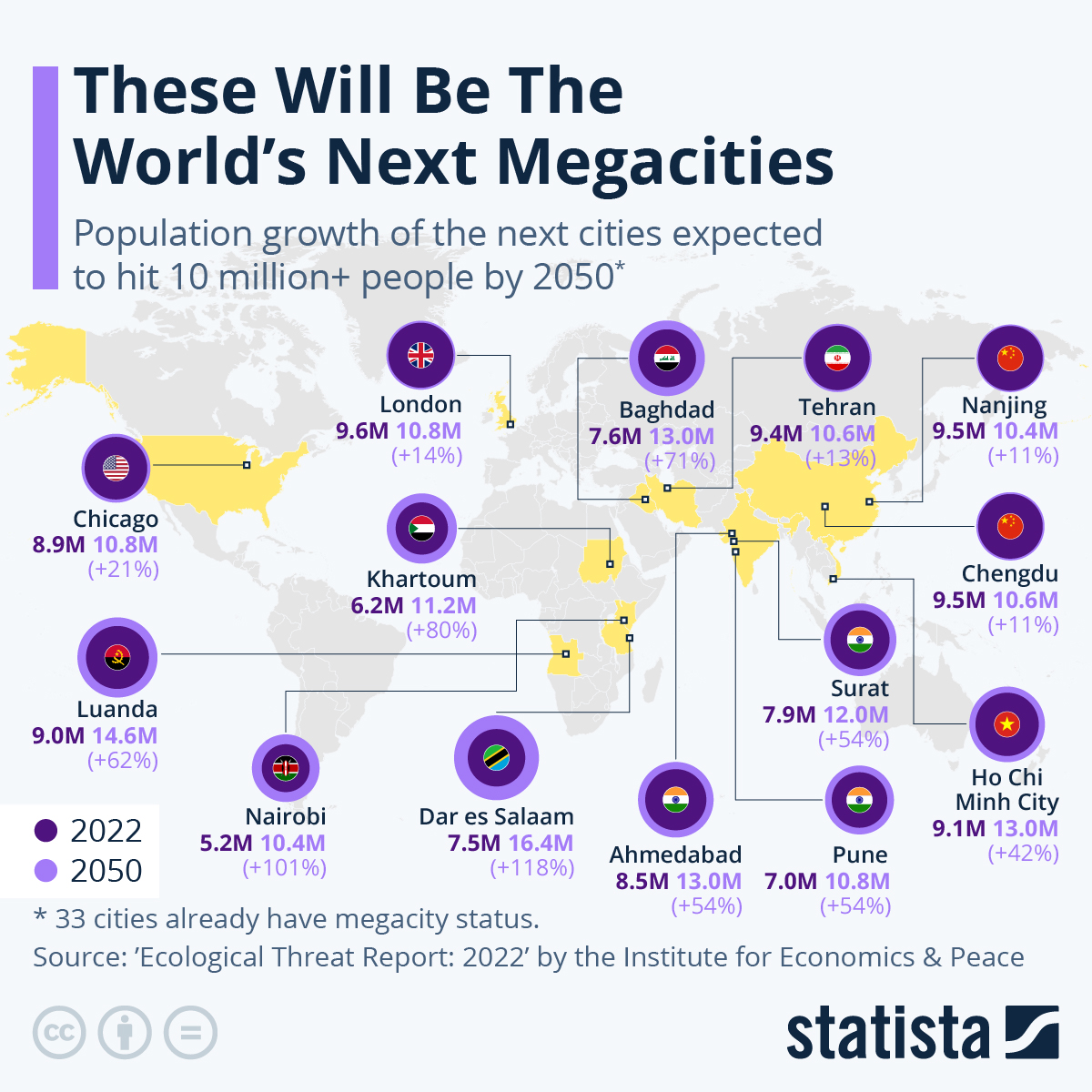Population growth is an interesting measure. Historically, growth has been slow … but something changed that, and the implications are stunning.
Scientists estimate that humans have existed for over 130,000 years.
It wasn’t until 1804 that the world’s population reached 1 billion. The population doubled once more by 1927, 123 years later, and then again by 1974, a mere 47 years later.
The Agricultural Revolution spurred early population growth. Subsequently, since 1804, the Industrial Revolution, alongside new technologies and advancements in health and safety, has dramatically enhanced the quality of life and accelerated population growth.
The global population continues to expand as more women are giving birth, despite the statistical trend of each woman having fewer children. Here is a chart showing that.

via Axios (Click for an Interactive Graph)
World population growth rates peaked in the late 1960s and have declined sharply in the past four decades. Nonetheless, world population figures continue to grow. We’re expected to reach 9 billion people by 2050, but a lot of that growth comes from developing countries—it also almost exclusively comes from urban areas.
Urbanization: Megacities
Here is another trend worth noting. Since 2014, over 50% of the world’s population has lived in urban areas – today it’s approximately 55%. That number is growing.
Ironically, as we grow more digitally connected, our world is shrinking, and our populations are concentrating.
An interesting consequence of this rapid urbanization and population growth in developing countries has been the increased development of Megacities – defined as cities with populations greater than 10 million. Today, there are 33 megacities – more than triple the number in the 1990s.
This creates a set of interesting opportunities and challenges. For example, how will these cities deal with infrastructure (e.g., sanitation, transportation, etc.)?

via Statista
As information and money become increasingly decentralized, and it becomes easier and easier to trade and communicate globally, it’s interesting to see a centralization of the population.
What do you think the consequences will be?

Leave a Reply